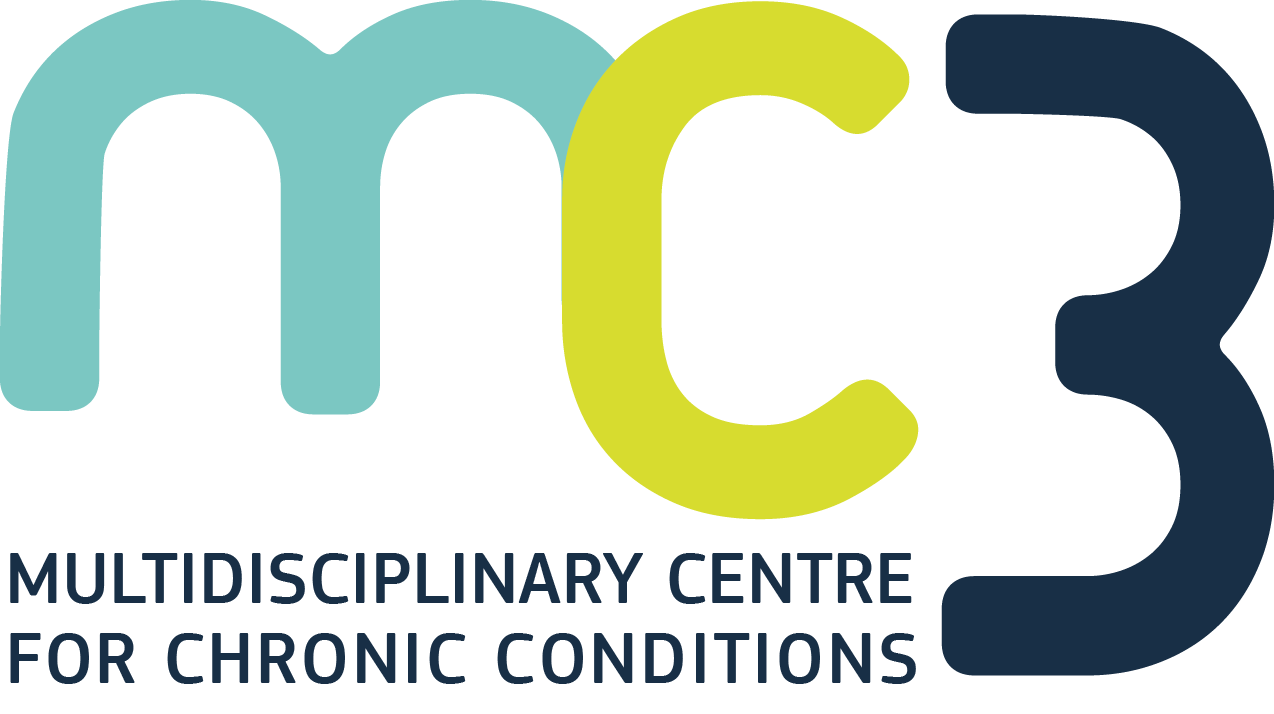Using smartphones and social networks is nowadays as common as brushing teeth or grocery shopping, and even though massive use of mobile internet is fairly recent phenomenon, its popularity is undeniable. Our diaries became google calendars, newspapers are bought more and more with online subscription, and many people consider Instagram and messenger as a primary form of communication with the outside world. Being able to get information fast, get notified about things we are interested in the moment they become available, and chance to talk to our friends and loved ones at any moment is ‘oh so convenient’. Could there be possibly any downside to it?
Well the evidence shows that it could. Studies show that higher use of social networks is associated with higher prevalence of depression, anxiety, and worse sleep quality. We may conclude that yes, sleep cycle can be disturbed by screen gazing long into night hours, and lower levels of melatonin produced because of the bright light emitting from the screen, but depression cannot be associated with social networks right?
While it is true that feelings of time wasted, guilt from procrastination using social networks, and shame that you did not pay attention to people around you during dinner because of smartphone, are definitely a factor in these negative impacts, there is physiological background as well. The key component in developing depressive symptomatology is the mesolimbic pathway (or reward pathway) in our brains. Mesolimbic pathway – transports dopamine from the nucleus accumbens, amygdala, and hippocampus. The nucleus accumbens is found in the ventral medial portion of the striatum and is believed to play a role in reward, desire, and the placebo effect. The amygdala and hippocampus are key components of the limbic system and are associated with emotion and memory formation, respectively. Given the nature of the cognitive sensations that are associated with this pathway, many theories have been proposed suggesting that the mesolimbic pathway is involved in conditions such as addiction and depression. The key component in this pathway is dopamine. Dopamine is a chemical produced by our brains that plays a starring role in motivation behaviour. It gets released when we take a bite of delicious food, after we exercise, or when we have successful social interaction. When we take a look at it in an evolutionary context, it rewards us with pleasant feelings, hence the “reward pathway” title, in order to repeat such behaviour. So when we find something interesting on Instagram, get notified that new exciting game for our xbox is out, or are sent funny meme, surge of dopamine is released.
What is also interesting and could be applied to effect of notifications, is the ramp of dopamine production activity even before receiving reward, meaning that the notification causes the release of dopamine before checking the notification, no matter whether it is a text from your loved one, or unpleasant task sent to you by your teacher or boss. The important part is the possibility of pleasant stimuli. In other words, your brain expects to find Schrödinger’s cat that is alive and well in your smartphone and acts accordingly.
The downside of all this is the frequency of such stimuli. We use usually multiple social networks and it is not uncommon to be online 24 hours a day. As can be often observed in drug addicts, the tolerance for substance that causes feelings of bliss is always rising. The amount that was enough in the past is not enough today, and will be even more unsatisfactory tomorrow. With constant stimulation by exciting notifications, our brain gets so accustomed to dopamine, that normal levels of this neurotransmitter will be experienced as low and this imbalance may be root of worsened mood, higher irritability and depressive symptomatology.
So while the use of social networks is different from drinking alcohol, or eating junk food, the golden rule for balanced and content life can be formulated in a same fashion as for those activities– everything is fine….in moderation.
Written by: Pavol Mikula
Literature
Ayano G. 2016. Dopamine: Receptors, functions, synthesis, pathways, location and mental disorders: Review of literatures. Journal of Mental Disorders and Treatment; doi:10.4172/2471X.1000120
Fiorillo CD et al. 2003. Discrete coding of reward probability and uncertainty by dopamine neurons. Science; 299:1898-1902.
Keles B et al. 2020. A systematic review: the influence of social media on depression, anxiety and psychological distress in adolescents. International Journal of Adolescence and Youth; 25(1):79-93.
Mohammadbeigi A, et al. 2016. Sleep quality in medical students; the impact of over-use of mobile cellphone and social networks. Journal of Research in Health Sciences; 16(1):46-50.
McNally AG, et al. 2019. Social media and depression symptoms: A network perspective. Journal of Experimental Psychology; 148(8):1454-1462.
Stott SRW, Ang SL. 2013. Patterning and cell type specification in the developing CNS and PNS. National institute for medical research, London, England, UK, ISBN 9780123972651
Photo by: Andrew Le on Unsplash: https://unsplash.com/photos/g2jGCik7MAs




